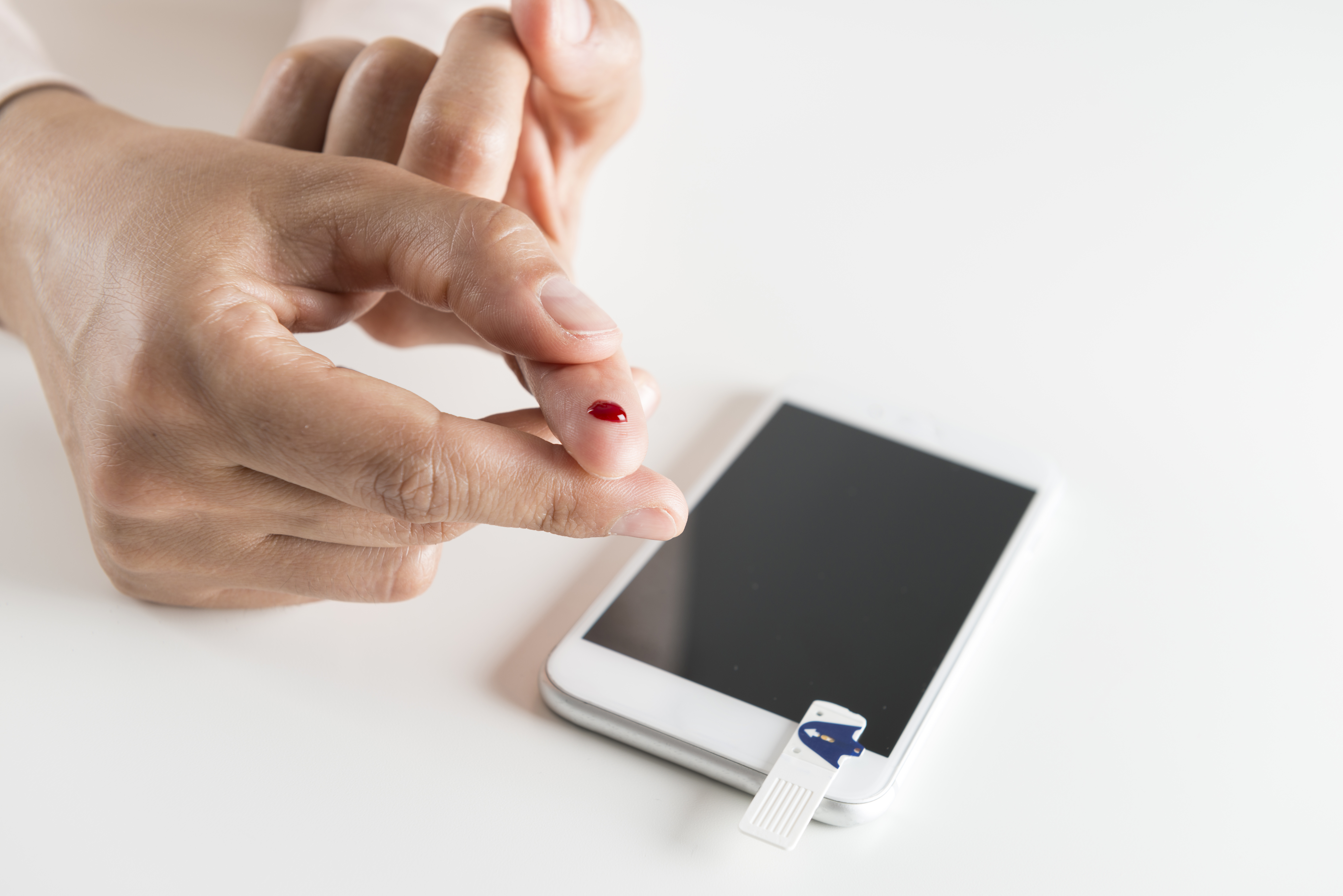Do Personal Behaviors Drive Better Health Decisions than Doctors?
By Ravisankar CJ on Wed, Mar 20, 2019

Since the 1970’s our population has faced an increasing number of chronic health concerns. Many of these have been related to lifestyle choices that lead to the most common non-communicable diseases, including obesity, physical inactivity, sexual behavior, and substance use (tobacco, alcohol, and drugs). During this time, these “lifestyle diseases” have been addressed by looking at personal choices, behavior, and responsibilities. Recent research though suggests that an individual’s actions are strongly influenced by their own physical and social surroundings. Many of these studies have shown that alterations in one’s environment may be an effective tool for changes in behavior.
Can Doctors Influence Health Behaviors?
Traditionally, people go to the general practitioner (GP) or primary care provider (PCP) for acute illnesses or injuries, care for chronic health conditions, and for annual check-ups. When we look at the number of times that a fairly healthy person visits their GP or PCP, it may be only 1-2 times per year in the absence of severe illness or injury. With only one to two visits per year, it is difficult for a doctor to influence change.

Research shows that there are other factors that influence a person’s decision to make changes in their lifestyle beyond their GP or PCP’s recommendations. These factors include:
- Socioeconomic status
- Educational achievement
- Access to and affordability of healthy foods
- Cultural influences
In order for an individual to make lifestyle changes, they need to be willing, able and have access to tools and support to maintain this new way of health. It is also thought that if a person is to sustain these healthy lifestyle changes, these changes need to be an easy choice. An example might be that a person would take the stairs instead of the elevator at work if the stairwell is safe, maintained and well lit. Other options that might help would be a walking group at lunchtime or healthy options in vending machines and in the cafeteria.
If a GP or PCP is to exact change in a patient’s lifestyle there are certain things that need to be identified and need to be in place for the person to be successful. These include:
- A commitment to make a change.
- Knowledge of what changes patients want to make, including their motivations and what is important to them.
- Identifying outside influences affecting them.
- Providing advice, support and help to develop a realistic plan.
- Help patients connect to the Internet and other external resources.
- Planning easier, smaller changes that can lead to bigger success.
- Building patient self-sufficiency in order to leverage healthy habits.
- Supporting, celebrating, and reinforcing the ongoing success of patients.
This takes almost as much of a commitment from the doctor as it does for the patient. According to the World Health Organization (WHO), it takes more than just the health provider to accomplish these changes. According to the WHO, policy interventions in the community must stimulate and support personal choices for good health. Education must be available to enhance knowledge, change current attitudes and help people to acquire the skills necessary to make these changes.
There are solutions like Sagitec
Click below to know more about
You May Also Like
These Related Stories

How to Set-up Your Rewards Programs to Change Member Behavior

Strategies for MCOs to Effectively Change Member Behavior




No Comments Yet
Let us know what you think